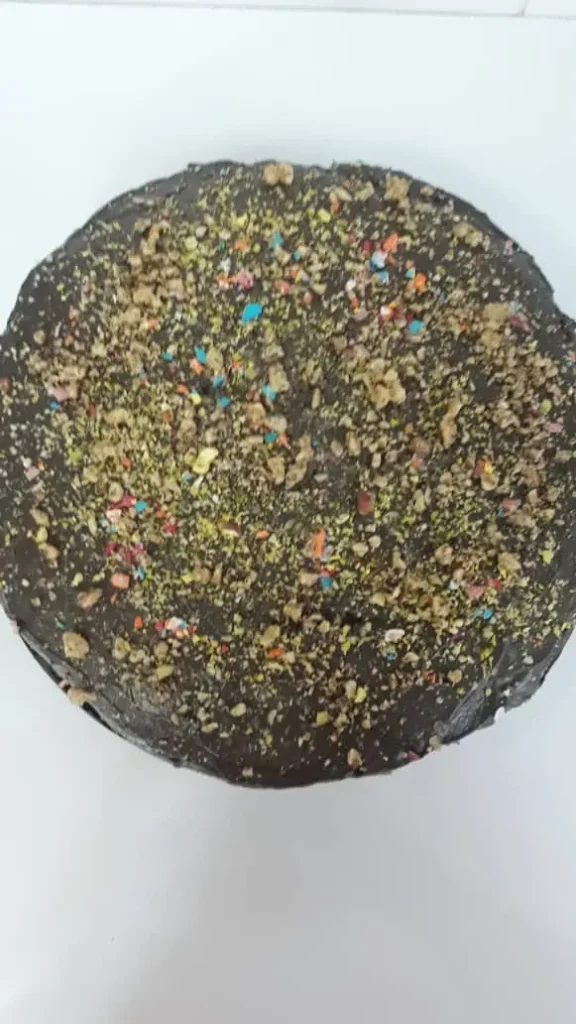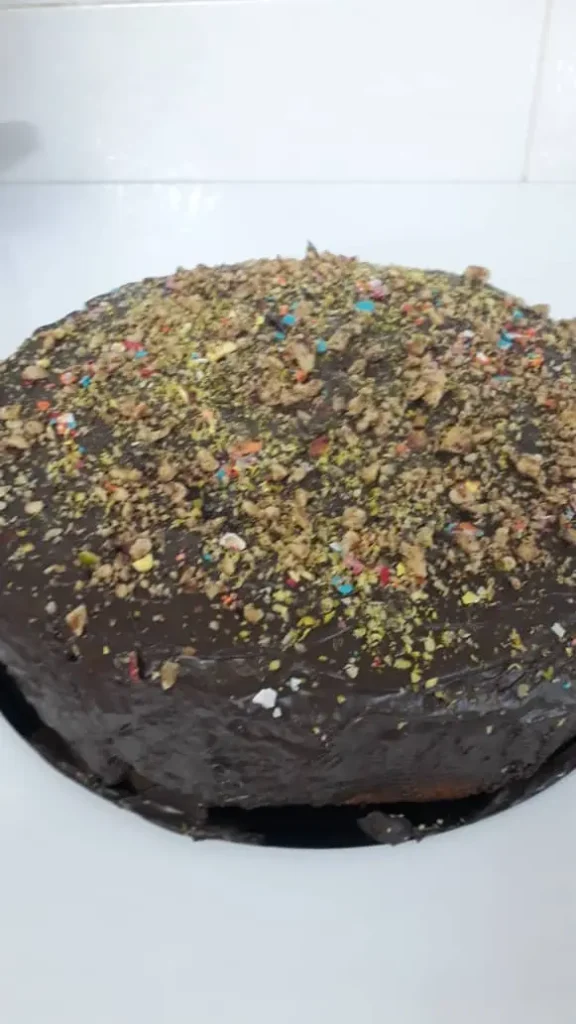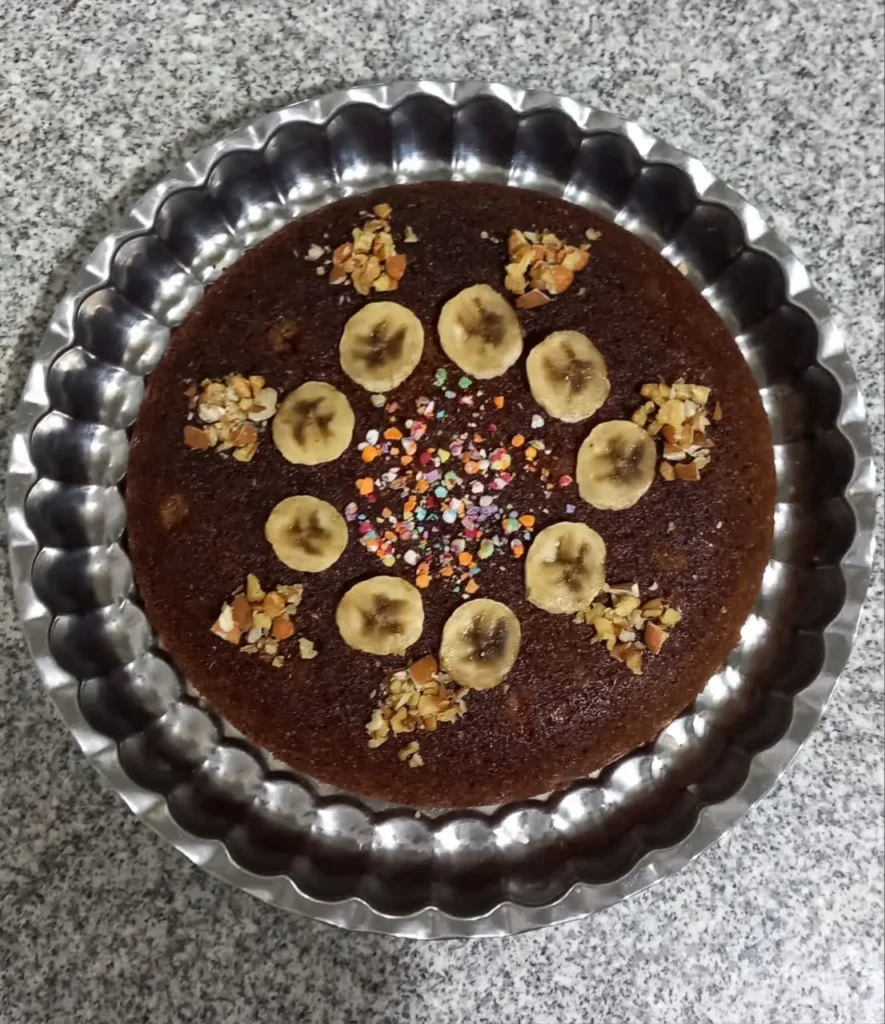The Baker’s Secret: Unlocking the Secrets of Exquisite Chocolate Cakes

Before we get our hands dirty, let’s briefly touch on the science behind chocolate cake. A great chocolate cake isn’t just about chocolate; it’s about the interplay of ingredients that create a tender crumb, rich flavor, and satisfying texture. Key players include:
- Flour: Provides structure. Too much leads to a dry, tough cake. Cake flour, with its lower protein content, is often preferred for a more tender crumb.
- Sugar: Sweetens, adds moisture, and tenderizes by interfering with gluten development.
- Eggs: Provide structure, richness, moisture, and emulsification (helping to bind ingredients).
- Fat (Butter/Oil): Adds moisture, richness, and tenderness. Butter contributes flavor, while oil generally yields a moister cake.
- Cocoa Powder: Provides chocolate flavor and some structure. Dutch-processed cocoa powder (alkalized) is less acidic and produces a darker color and milder flavor than natural cocoa powder.
- Baking Soda/Baking Powder: Leavening agents that create air bubbles, making the cake rise. Baking soda requires an acidic ingredient (like buttermilk or vinegar) to activate. Baking powder is a complete leavening agent, containing both an acid and a base.
- Liquid (Milk/Buttermilk/Coffee/Water): Adds moisture and dissolves dry ingredients. Hot liquid can “bloom” the cocoa powder, intensifying its flavor.
- Vanilla Extract: Enhances the chocolate flavor.
- Salt: Balances sweetness and enhances other flavors.
The Recipe: A Classic Moist Chocolate Cake
This recipe yields a two-layer cake. Double the ingredients for a four-layer cake.
Ingredients:
- 2 cups (250g) all-purpose flour (or cake flour for a more tender crumb)
- 2 cups (400g) granulated sugar
- ¾ cup (70g) unsweetened cocoa powder (Dutch-processed preferred)
- 1 ½ teaspoons baking powder
- 1 ½ teaspoons baking soda
- 1 teaspoon salt
- 1 cup (240ml) buttermilk (or milk with 1 tablespoon of lemon juice or white vinegar added and left to sit for 5 minutes)
- ½ cup (120ml) vegetable oil
- 2 large eggs
- 2 teaspoons vanilla extract
- 1 cup (240ml) boiling water
- Chocolate frosting of your choice (recipe below)
Equipment:
- Two 9-inch round cake pans
- Parchment paper
- Mixing bowls
- Electric mixer (stand or hand mixer)
- Measuring cups and spoons
- Rubber spatula
- Wire rack
Step-by-Step Instructions:
Prepare the Pans: Preheat your oven to 350°F (175°C). Grease and flour the two 9-inch round cake pans. To ensure the cakes release cleanly, line the bottoms with circles of parchment paper. This is a crucial step to prevent sticking.
Combine Dry Ingredients: In a large mixing bowl, whisk together the flour, sugar, cocoa powder, baking powder, baking soda, and salt. Whisking ensures that these ingredients are evenly distributed, which is vital for consistent leavening and flavor throughout the cake.
Combine Wet Ingredients: In a separate mixing bowl, whisk together the buttermilk, oil, eggs, and vanilla extract. Buttermilk adds a tangy flavor and helps tenderize the cake. If you don’t have buttermilk, the milk/lemon juice/vinegar substitution works well. The eggs should be at room temperature for better emulsification.
Combine Wet and Dry: Gradually add the wet ingredients to the dry ingredients, mixing on low speed with an electric mixer until just combined. Be careful not to overmix at this stage. Overmixing develops gluten, leading to a tough cake.
Add Boiling Water: Slowly pour in the boiling water while mixing on low speed. The batter will be thin. This is normal. The hot water “blooms” the cocoa powder, intensifying its flavor. It also contributes to a moister cake.
Divide the Batter: Divide the batter evenly between the prepared cake pans. A kitchen scale is helpful for ensuring even layers.
Bake: Bake for 30-35 minutes, or until a wooden skewer inserted into the center comes out clean or with a few moist crumbs. Start checking for doneness around 30 minutes.
Cool in Pans: Let the cakes cool in the pans for 10-15 minutes before inverting them onto a wire rack to cool completely. Cooling in the pans prevents the cakes from sticking and allows them to set slightly before handling.
Frost: Once the cakes are completely cool, frost them with your favorite chocolate frosting.
Chocolate Frosting (Easy Recipe):
- 1 cup (2 sticks) unsalted butter, softened
- 3 cups (360g) powdered sugar
- ¾ cup (70g) unsweetened cocoa powder
- ½ cup (120ml) milk or heavy cream
- 1 teaspoon vanilla extract
Instructions for Frosting:
- In a large mixing bowl, beat the softened butter with an electric mixer until smooth and creamy.
- Gradually add the powdered sugar and cocoa powder, alternating with the milk or heavy cream, beating on low speed until combined.
- Add the vanilla extract and beat on medium speed until light and fluffy.
Assembling and Frosting the Cake:
- Level the Cakes: If the cakes have domed slightly, use a long serrated knife to trim the tops so they are level. This will make stacking and frosting easier.
- Place the first layer on a serving plate or cake stand.
- Spread a generous layer of frosting on top.
- Carefully place the second layer on top of the frosting.
- Frost the top and sides of the cake with the remaining frosting.
- Decorate as desired.
Tips for Success:
- Measure Accurately: Baking is a science, and accurate measurements are crucial for success. Use measuring cups and spoons specifically designed for baking.
- Don’t Overmix: Overmixing develops gluten, which results in a tough cake. Mix until just combined.
- Use Room Temperature Ingredients: Room temperature ingredients blend together more easily and create a smoother batter.
- Cool Completely Before Frosting: Frosting a warm cake will cause the frosting to melt and slide off.
- Store Properly: Store the frosted cake in an airtight container at room temperature for up to 3 days or in the refrigerator for up to a week.

Variations:
- Chocolate Chips: Add chocolate chips to the batter for extra chocolate flavor.
- Espresso Powder: Add a teaspoon of espresso powder to the batter to enhance the chocolate flavor.
- Nuts: Add chopped nuts to the batter or frosting for added texture and flavor.
- Different Frostings: Experiment with different frostings, such as cream cheese frosting, peanut butter frosting, or chocolate ganache.
Troubleshooting:
- Dry Cake: Overbaking, using too much flour, or not enough liquid can cause a dry cake.
- Tough Cake: Overmixing the batter can cause a tough cake.
- Cake Doesn’t Rise: Using expired leavening agents (baking powder or baking soda) or not preheating the oven can prevent the cake from rising.
- Cake Sticks to Pan: Not greasing and flouring the pan properly can cause the cake to stick.
I’m glad you were with us. If you have any comments or experiences related to this subject, please share them below this post. Thank you.

